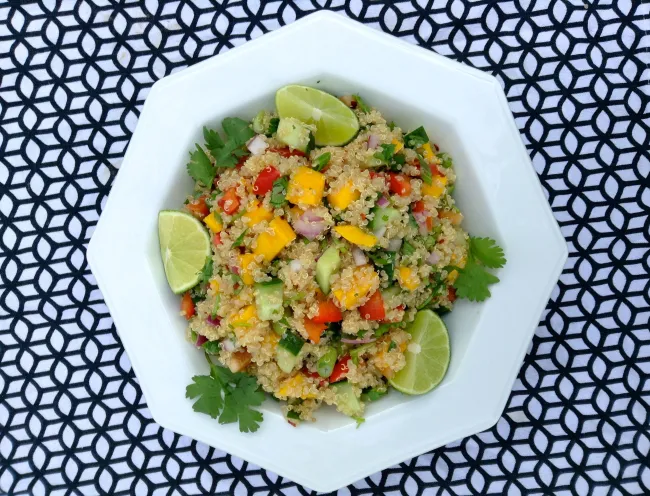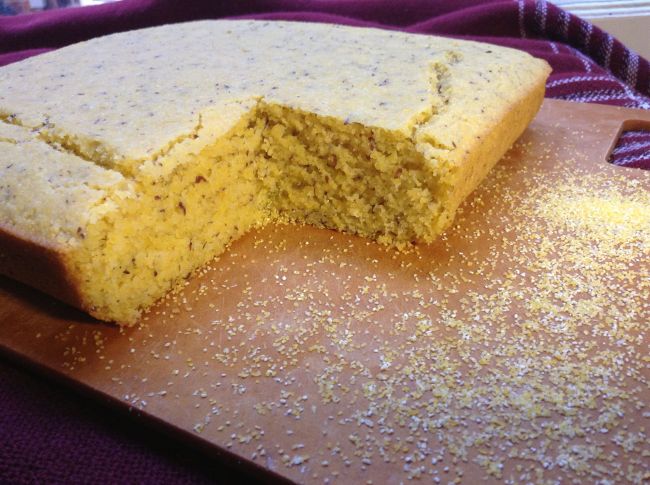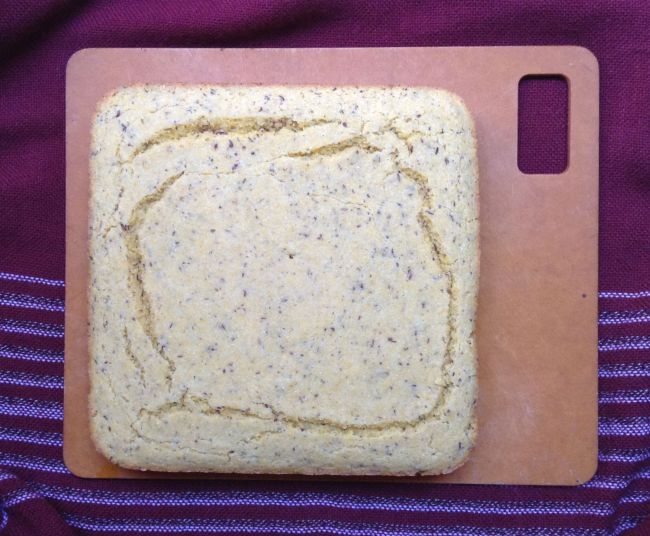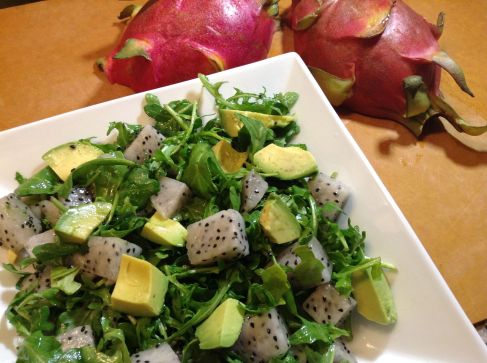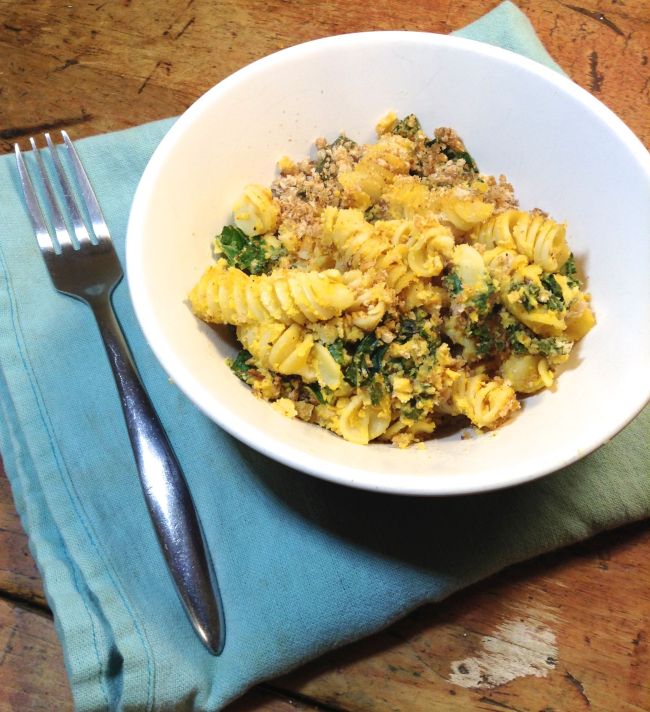I had a fridge full of ears of corn and wanted to try something different with them. The word FRITTER just kind of appeared in my mind, which is weird because I had literally never made any kind of fritter before. I did a bit of reading online to get a sense of what to do (though I was really surprised at the variation in recipes; some with flour, some without, some with liquid, some without….). Then I just kind of went for it and was so pleasantly surprised at how well these turned out. I whipped up a quick avocado dipping cream to go with them. I think these delicious and very easy fritters will become a regular menu item!
I’m sure these would lend themselves to lots of variations, especially with different fresh herbs or seasonings. I used chickpea flour mainly because I’ve been wanting to try working with it, but I think almost any flour would work pretty well (Note: depending on which flour you use, they might not be gluten-free anymore).
To roast corn on the cob, remove the outer husks so that a few leaves remain covering the corn and cook in oven at 400 degrees for about 40 minutes or until done.
Yield: about 10 fritters
- Kernels removed from two cobs of roasted corn (see above), or use 1.5 cups canned or frozen
- 1 medium zucchini, grated
- 1 handful chives, chopped
- 1 cup chickpea flour (would probably work with other flours too!)
- ½ cup water
- Tabasco to taste
- Salt and pepper to taste
- Coconut oil for frying
Add corn, grated zucchini, chives, and flour to a mixing bowl and combine well. Add a few dashes (or more!) of Tabasco, then start adding the water gradually while stirring the mixture. You may need a little more or less than half a cup; just aim for everything to be moistened into a batter that will at least sort of stick together when you scoop some up with a spoon.
Heat about a teaspoon of coconut oil over medium heat (about 6) in a nonstick frying pan. Drop large spoonfuls of the corn mixture into the pan, using the back of the spoon or a spatula to flatten them out a bit. Cook until golden on one side, about 4 minutes, then flip and continue to fry until cooked through. Add another teaspoon of coconut oil to the pan for each new batch. Place finished fritters on a paper towel until ready to serve.
Serve with the avocado cream or with hot sauce, chutney, or vegan sour cream.
For the avocado cream:
- 1 avocado
- Juice of one lime
- ¼ cup of nondairy milk (just enough milk to get it all to purée to your desired consistency).
- Salt and pepper to taste
- Small handful of chopped cilantro
Add all ingredients except chopped cilantro to a high-speed blender. Blend, then fold in chopped cilantro.






